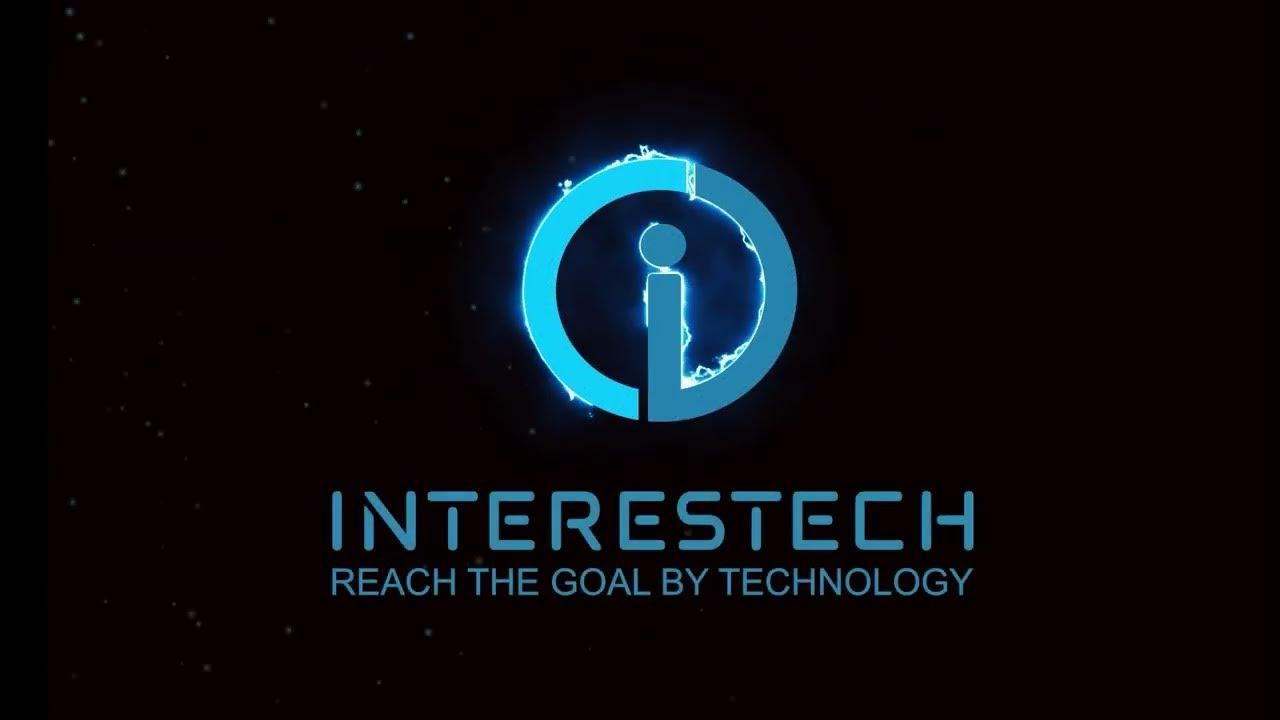Materi 2 Sensor dan Transduser
Summary
TLDRIn this video, Ardi Seto explains the role of sensors and transducers in Internet of Things (IoT) systems. The discussion covers the fundamentals of how sensors detect changes in the environment, converting them into electrical signals for further processing. Key concepts such as accuracy, precision, sensitivity, and response time are explored, alongside different types of sensors like temperature, proximity, and level sensors. Real-world applications are demonstrated, including smart home systems and industrial automation, highlighting the importance of sensors in creating efficient, automated systems.
Takeaways
- 😀 Sensors are devices that detect physical changes in the environment and convert them into electrical signals, enabling systems like IoT to monitor and automate tasks.
- 😀 A transducer is a device that converts one form of energy into another, whereas a sensor specifically detects changes and sends electrical signals.
- 😀 In IoT systems, sensors are crucial as they capture environmental changes like temperature, light, or pressure, which are then processed by computers or other systems.
- 😀 Accuracy refers to how close the sensor's measurement is to the true value, while precision refers to the consistency of repeated measurements.
- 😀 Sensitivity indicates the smallest change a sensor can detect, while resolution is the smallest measurable change in input.
- 😀 Response time is the speed at which a sensor reacts to a change in input, a crucial factor in real-time monitoring systems.
- 😀 There are different types of sensors, such as temperature sensors (e.g., DHT11), proximity sensors, and level sensors, each serving a unique function in various applications.
- 😀 Temperature sensors like the DHT11 can be used for room temperature monitoring, and these sensors can be connected to IoT systems to send data remotely via WiFi.
- 😀 Proximity sensors are used to detect objects without physical contact, with applications in industries like manufacturing to monitor conveyor belts and production lines.
- 😀 Level sensors are employed to measure the height of liquids in tanks, providing crucial data for automation in industries such as water management.
- 😀 The integration of sensors with IoT systems enhances automation, making it possible to monitor and control various processes remotely, improving efficiency and decision-making.
Q & A
What is the main purpose of a sensor in an IoT system?
-A sensor in an IoT system captures changes in the environment (such as temperature, motion, or light) and converts these physical changes into electrical signals that can be processed by computers or other electronic systems.
How do sensors differ from transducers?
-Sensors detect changes in the environment and convert them into electrical signals. Transducers, however, convert one form of energy into another. For example, a sensor may measure temperature and produce a corresponding electrical signal, while a transducer may convert thermal energy into mechanical energy.
What are the five human senses mentioned in the script?
-The five human senses mentioned in the script are sight, smell, touch, taste, and hearing. These senses help humans detect changes in the environment.
What are the main characteristics of a sensor that should be considered?
-The key characteristics of a sensor to consider include accuracy, precision, sensitivity, linearity, hysteresis, resolution, repeatability, and response time.
What is the difference between accuracy and precision in sensor measurements?
-Accuracy refers to how close a measurement is to the true or actual value, while precision refers to the consistency or repeatability of measurements, even if they are far from the true value.
What are some examples of temperature sensors mentioned in the video?
-Some examples of temperature sensors mentioned include DHT11, thermistors, and infrared sensors. These sensors help measure temperature in different environments.
What is the role of a proximity sensor in manufacturing?
-In manufacturing, proximity sensors are used to detect objects or measure the presence of items on a conveyor belt or in a production line. They can help automate the counting of products or ensure that items are positioned correctly in a system.
How is a camera used as a vision and imaging sensor?
-A camera as a vision and imaging sensor captures images or videos of objects in the environment, which can then be processed by computers for tasks such as quality control, object recognition, and 3D modeling.
What are some common applications of level sensors?
-Level sensors are commonly used to measure liquid levels in tanks or containers. In manufacturing, they can be used to monitor water levels in tanks and help prevent overflow or ensure proper fluid distribution in systems.
Why is response time important for sensors in automated systems?
-Response time is critical in automated systems because it determines how quickly a sensor can detect a change in input and produce an output. A slow response time could delay the system's reaction, making the sensor ineffective in real-time applications.
Outlines

此内容仅限付费用户访问。 请升级后访问。
立即升级Mindmap

此内容仅限付费用户访问。 请升级后访问。
立即升级Keywords

此内容仅限付费用户访问。 请升级后访问。
立即升级Highlights

此内容仅限付费用户访问。 请升级后访问。
立即升级Transcripts

此内容仅限付费用户访问。 请升级后访问。
立即升级浏览更多相关视频

Mengenal IoT ( Internet Of Things )

Memahami Sistem IoT: 4 Komponen Dasar dan Cara Kerjanya

What is Internet of Things | ISA 3.0 | CA Rajat Agrawal

07. Cara Kerja IoT

Cara Kerja Jaringan IoT: Hardware, Konektifitas, Database

#2 Komponen dan Alat Pendukung IoT 1 (Komponen Dasar Elektronika, Sensor dan Aktuator)
5.0 / 5 (0 votes)
